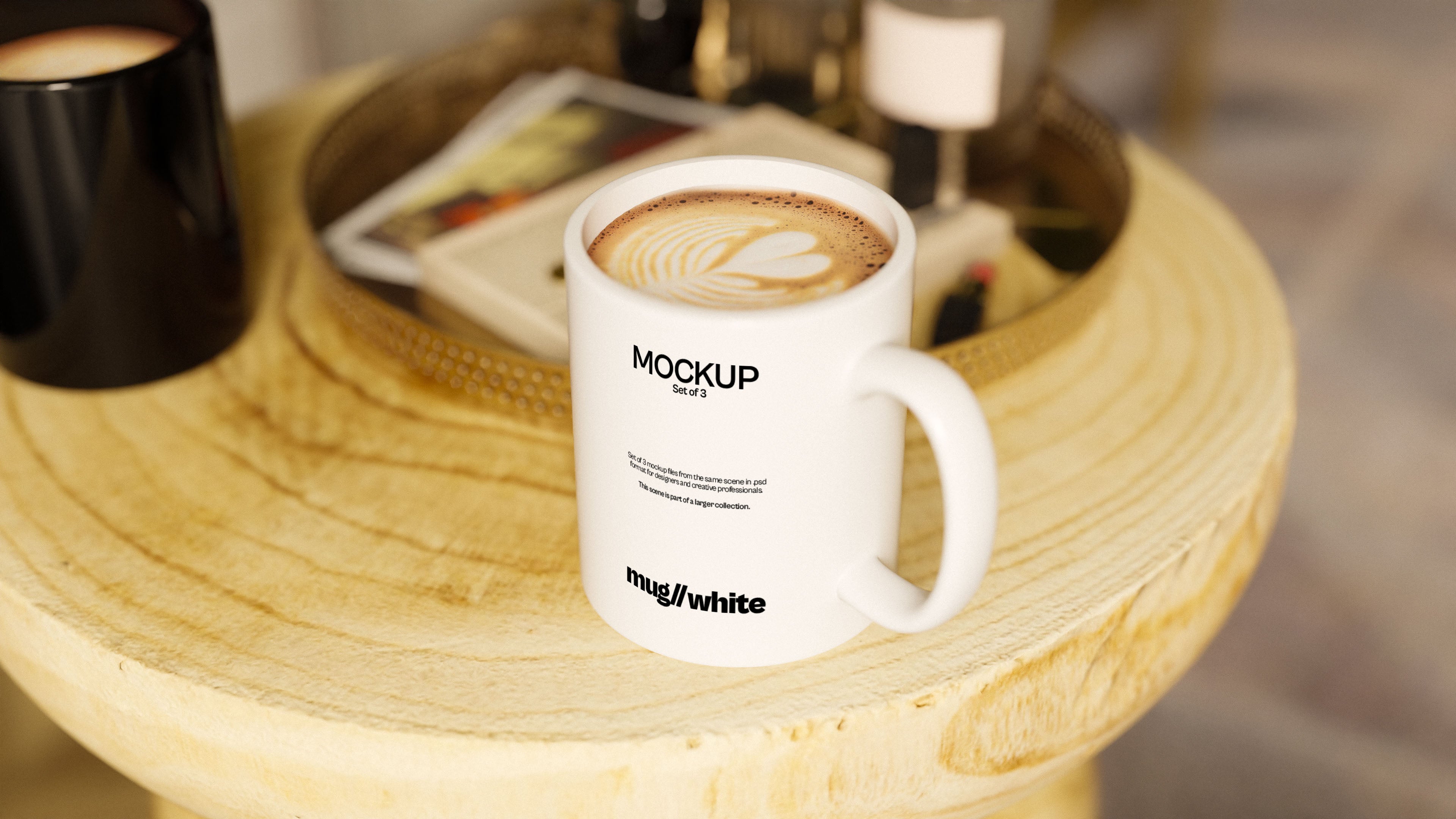If you’re in the Print-on-Demand (POD) world, you’ve probably asked this more than once: Should I invest in custom photoshoots or just use mockups?
At Banana, we’re not shy about saying it—mockups, when done right, can outperform lifestyle photography hard. But before you write off that styled shoot with a ceramic mug by the ocean, let’s unpack the strategy behind each method and when to use what.
The Case for Lifestyle Photography
Lifestyle photography is beautiful. There’s no denying the visual storytelling it offers. A well-lit, on-location shoot can capture the mood, target audience, and real-world application of your product all at once. You get:
Real textures, lighting, and atmosphere
Potential for strong emotional storytelling
Originality (your image doesn’t exist anywhere else)
But here’s the rub: It’s expensive, time-consuming, and inflexible.
You’ll need the actual physical product, a model, props, a photographer, post-production edits—and even then, you’re locked into whatever you managed to shoot that day. Want to test a new label design? Good luck reshooting your candles every week.
The Case for Mockups
Mockups—especially high-quality, photorealistic ones—are the dark horse in this race. They’ve come a long way from those stiff, flat 2D PSDs of the early 2010s.
Today, thanks to CGI, lighting simulations, texture mapping, and precise shading, mockups can do more than replicate a product—they can elevate it.
Here's why serious POD sellers are turning to mockups:
Cost-Effective: No reshoots. No logistics. No inventory.
Agile: Change colors, patterns, angles, and lighting on a whim.
Consistent: Perfect for building a coherent brand identity across platforms.
Scalable: Launching 20 designs? You don’t need 20 photoshoots.
At Banana, we CGI our mockups using 3D renders that make your design look like it’s actually printed on the product—not slapped on top like a sticker. This level of realism builds just as much trust as a lifestyle shot—if not more.
But Wait—Don’t Mockups Look Fake?
Bad ones do.
You’ve seen them. Warped logos on mugs. Shadows that don’t match. Pillow textures that scream “stock.” That’s where mockups get a bad rap.
But with modern CGI and a designer’s eye, you can create mockups that feel lived-in, textured, and emotionally engaging.
Here’s how we push realism at Banana:
Use real-world lighting setups inside our 3D software
Build accurate material simulations for every product surface
Match camera lenses and angles to what actual photographers use
Add imperfections—creases, light falloffs, subtle shadows
This isn't just about looking good. It’s about building trust. Customers don’t want to be surprised when your product arrives—they want to feel like they already own it. That’s the power of a realistic mockup.
When to Use Each
Use Mockups When:
You're A/B testing new designs or colors
You have a large catalog and need quick turnaround
You want to maintain cohesive visuals across Etsy, Shopify, Amazon, etc.
You're launching a product without final samples yet
Your budget is limited but your standards are high
Use Lifestyle Photography When:
You’re running a brand campaign with heavy visual storytelling
You have a bestseller worth investing in professionally
You want to connect emotionally through specific lifestyle imagery
You’ve nailed your product line and want custom assets
The Verdict: Do Both—But Be Smart About It
Mockups and lifestyle photography are not enemies. They’re tools. And if you're smart, you'll know when to use each.
Here’s the ideal setup for POD sellers:
Use mockups to launch, test, and scale your product line.
Use lifestyle photography sparingly to build a high-end brand presence—on your homepage, for paid ads, or seasonal campaigns.
For most day-to-day selling? Mockups win. Every time.
Closing Thoughts
In a scroll-happy world where shoppers make snap decisions in seconds, what matters isn’t how the image was made—but how real it feels.
And with mockups, you have the power to make your products look polished, professional, and worth buying—without the heavy lift of traditional photography.
At Banana, we create CGI mockups designed to blur the line between real and rendered. Because we believe your designs deserve to be seen in their best light—every time.
Ready to upgrade your visuals without the studio fees?
Check out our collections →
